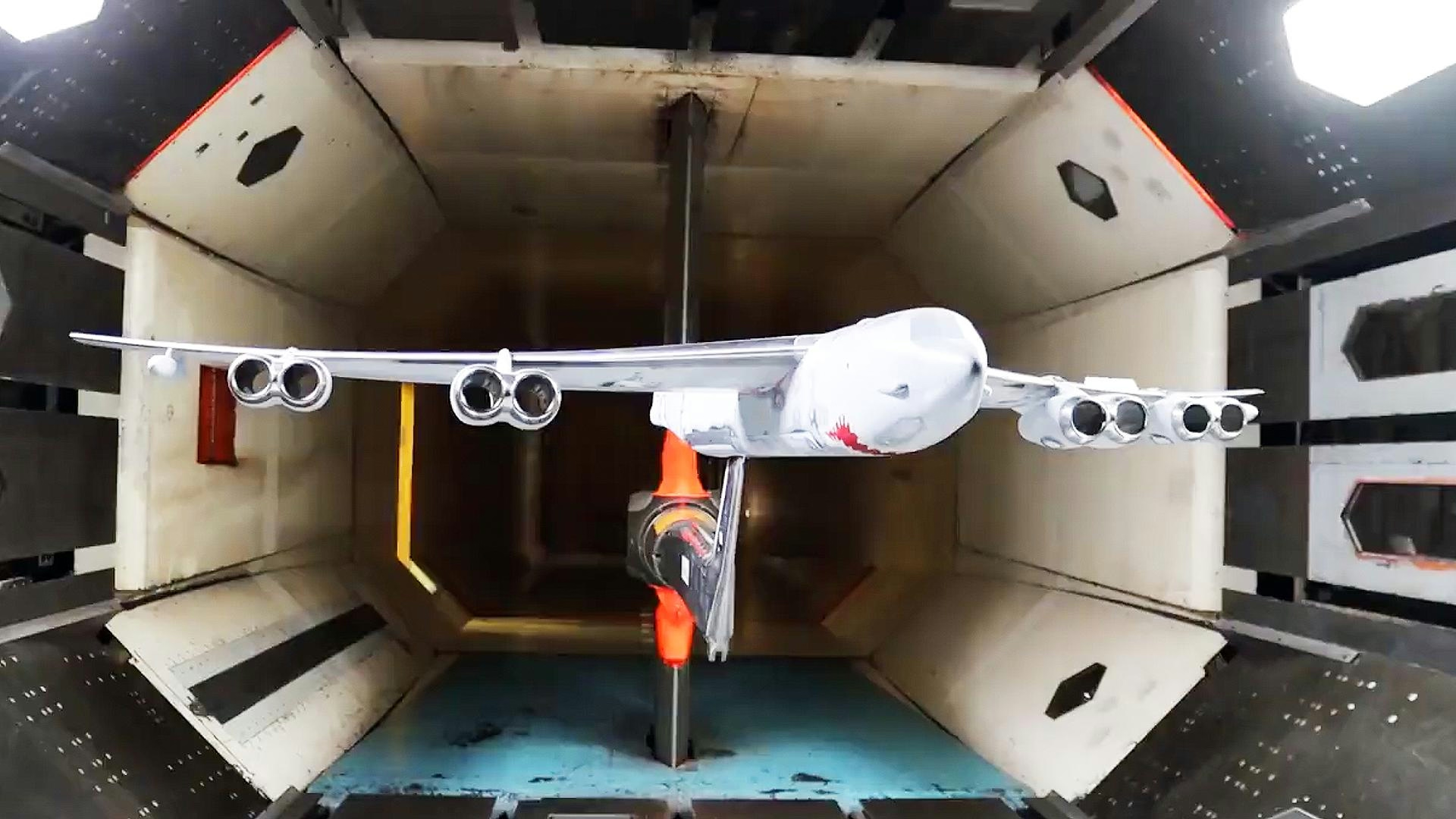
AeroGenie — Seu copiloto inteligente.
Tendências
Categories
Impairment Considerations from the Lessor’s Perspective

Impairment Considerations from the Lessor’s Perspective
Under International Financial Reporting Standards (IFRS), lessors must apply a pre-tax discount rate when determining an aircraft’s value in use. This rate should represent the return investors would expect for an investment with cash flows that align in amount, timing, and risk profile with those anticipated from the aircraft. Crucially, the discount rate must avoid duplicating risks already embedded in the cash flow estimates, as this would lead to double-counting and distort the valuation.
Determining the Appropriate Discount Rate
Selecting an appropriate discount rate poses a significant challenge for lessors, particularly when an asset-specific rate is not readily observable in the market. Typically, lessors begin with their weighted average cost of capital (WACC), often derived using models such as the Capital Asset Pricing Model (CAPM). They also consider their incremental borrowing rate alongside prevailing market borrowing rates. The chosen discount rate must then be adjusted to reflect market assessments of risks specific to the aircraft’s expected cash flows, excluding those risks already incorporated into the cash flow projections or those irrelevant to the asset.
Key Factors Influencing Value in Use
A pivotal element in calculating value in use is the contracted return condition of the aircraft under its current lease. Management must exercise considerable judgment when forecasting aircraft utilization, the timing and cost of future maintenance events, and the effects of inflation on these costs. These factors are relevant for both maintenance-paying lessees and those responsible for end-of-lease payments. If the lessor anticipates selling the aircraft at the conclusion of the current lease, the projected maintenance condition at the time of sale must be incorporated into the estimated sales price. Additionally, lease modifications and amendments can materially alter future cash flows and require thorough evaluation.
The maintenance condition of the aircraft also plays a critical role in its valuation, especially when lessors expect to enter into follow-on leases after the current contract expires. Estimating future utilization for such leases is inherently uncertain, and historical averages for the specific aircraft or aircraft type often serve as a practical reference point.
Broader Market and Competitive Challenges
Beyond these technical considerations, lessors must navigate broader market challenges that can significantly impact impairment assessments. For instance, discrepancies between technology valuations and market expectations can result in substantial write-downs. This was exemplified by bioMérieux’s recent 25% decline in net income following the impairment of its Reveal technology. Such developments often trigger market skepticism regarding a company’s valuation relative to its mid-term growth prospects, even when premium pricing metrics are applied.
Competitive dynamics also influence asset values and future cash flows. Market exclusivity and regulatory hurdles can shape competitive positioning, as seen in the legal challenges surrounding Liquidia’s YUTREPIA™ approval. Competitors may seek to preserve their market share through regulatory and legal strategies, adding complexity to impairment considerations.
Impairment assessments from the lessor’s perspective thus require a sophisticated approach that integrates technical accounting standards with an understanding of market realities, competitive pressures, and evolving regulatory environments. Accurate forecasting, rigorous risk assessment, and continuous market analysis are essential for lessors to effectively manage impairment risk.

U.S. Plans to Resume Civil Supersonic Flights with Industry Support

The Boeing 747-8: Why It’s Rare on U.S. Routes and How to Experience It Abroad
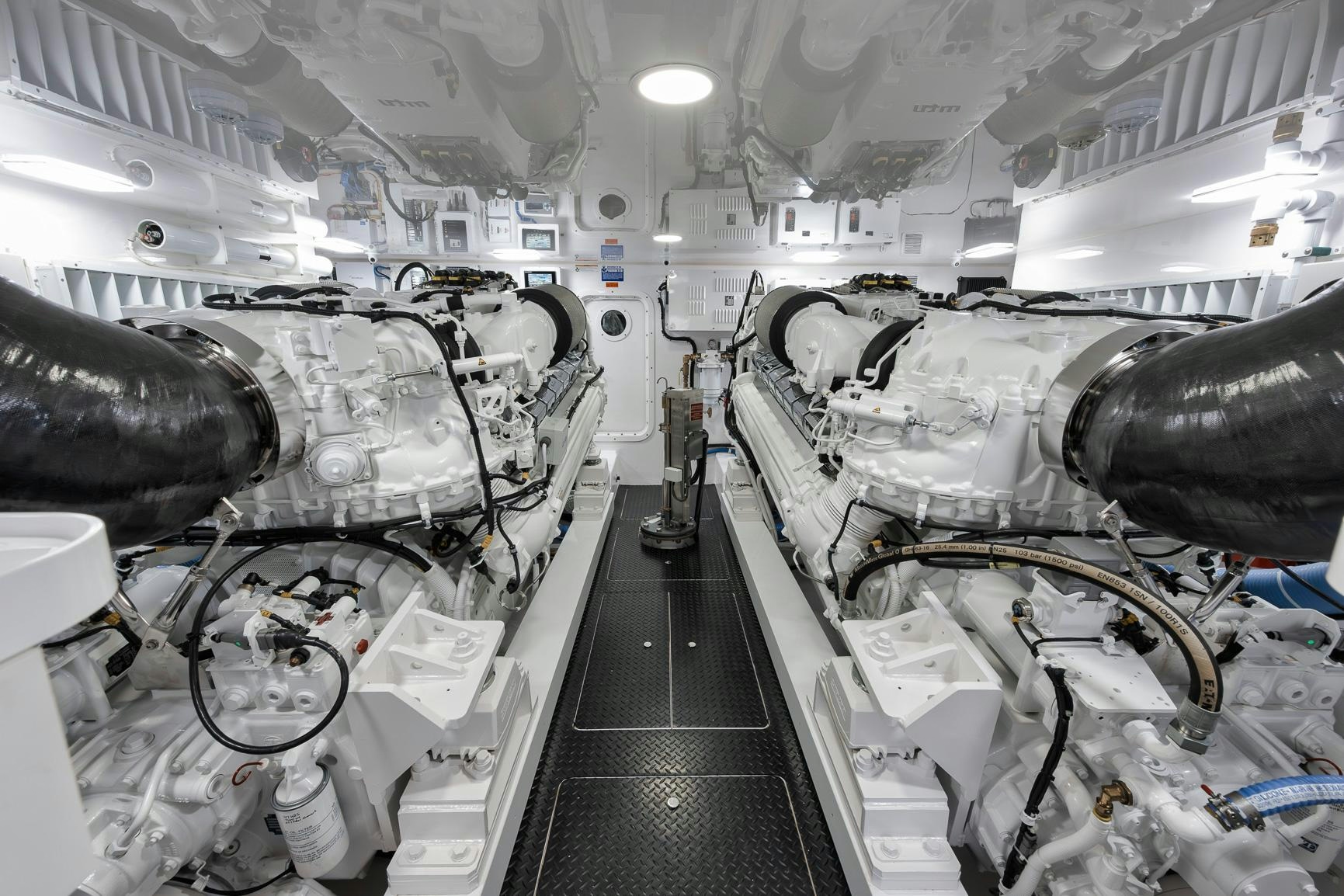
Why Aircraft Engines Lack Screens or Grills
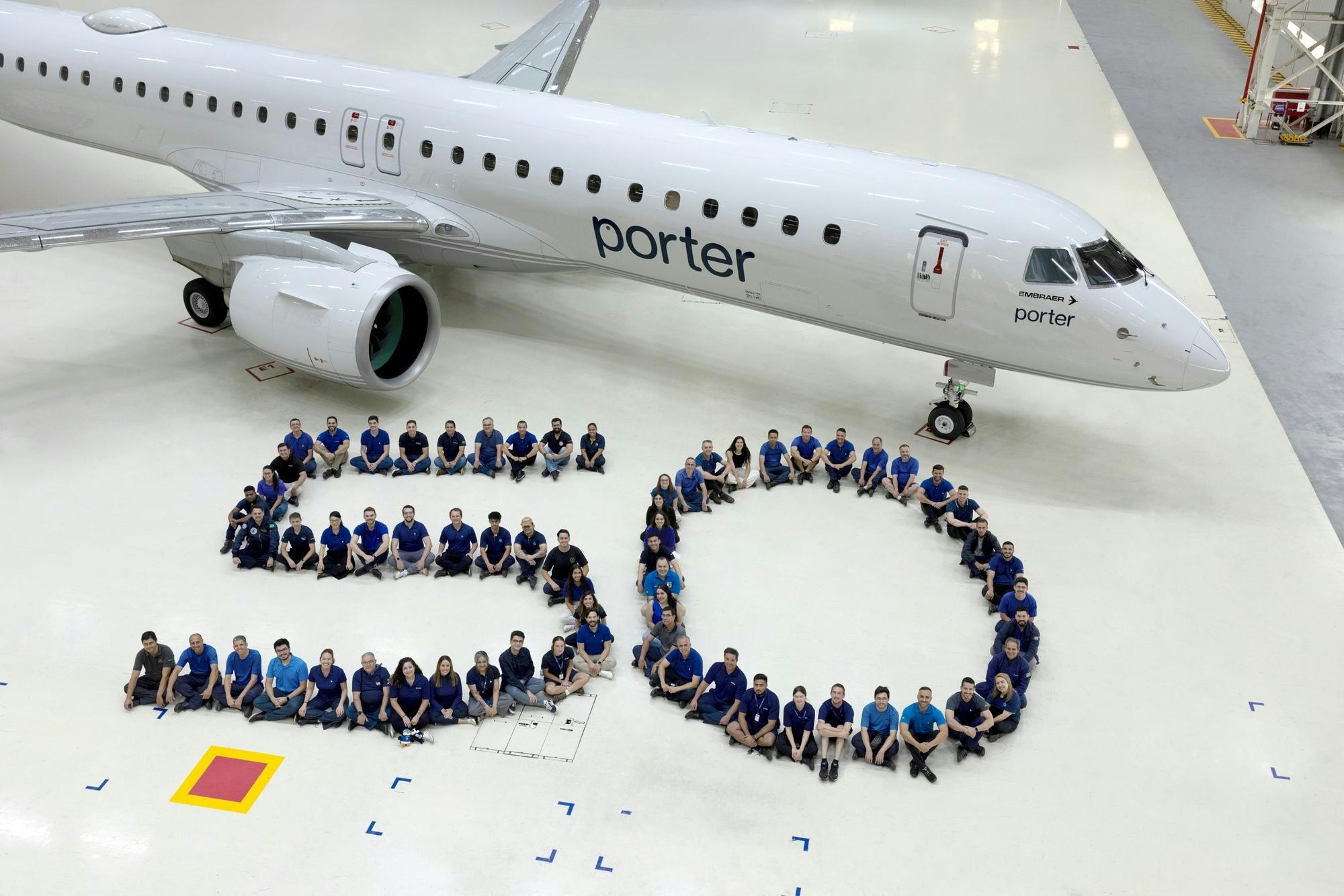
Porter Airlines Receives 50th Embraer E195-E2 Aircraft
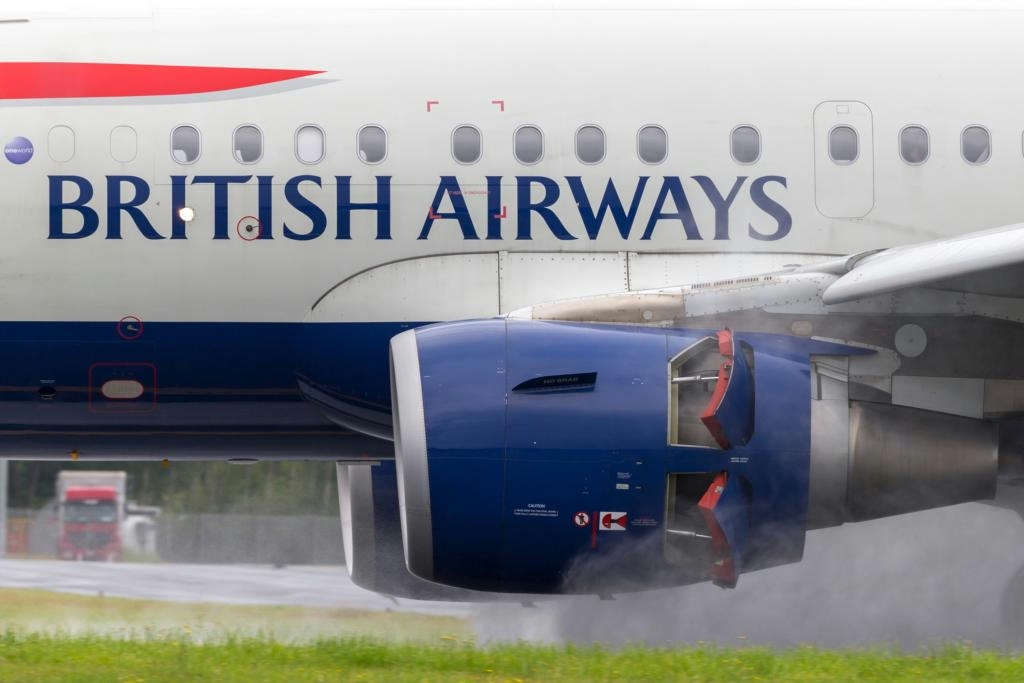
How Aircraft Engines Use Reverse Thrust During Landing

AI-Powered Air Traffic Control Integrated into Home Flight Simulators

Autonomous Flying Taxis Prepare to Enter U.S. Airspace
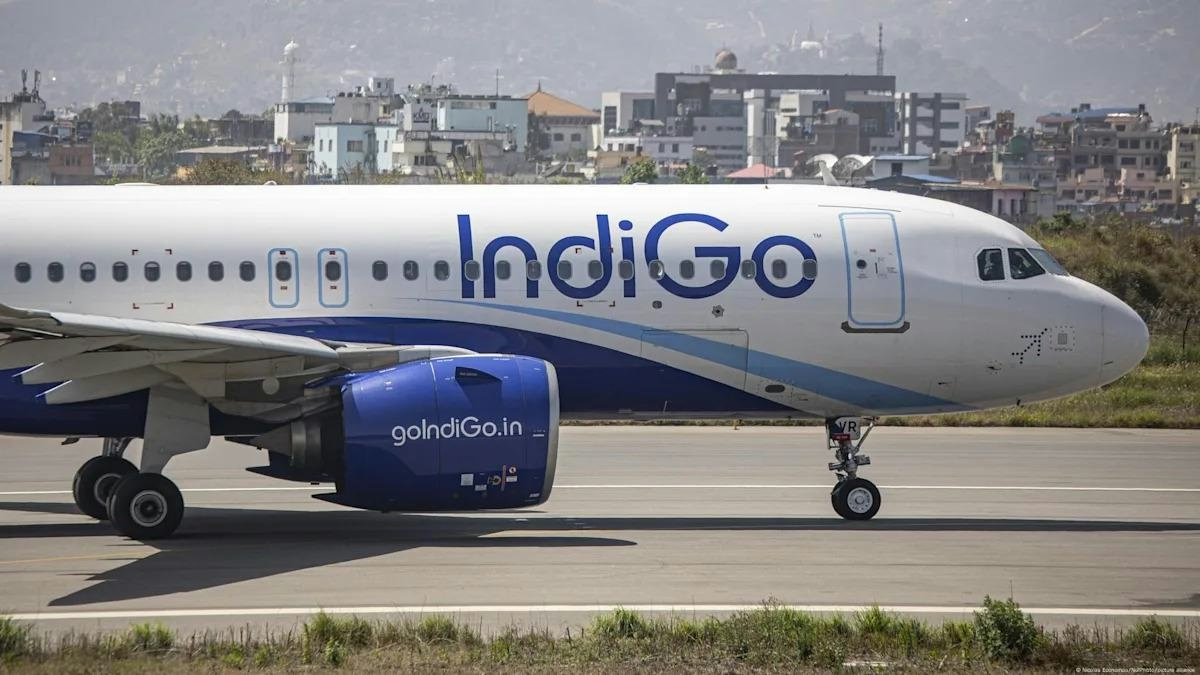
Aviation Ministry Approves Two New Indian Airlines Following IndiGo Crisis
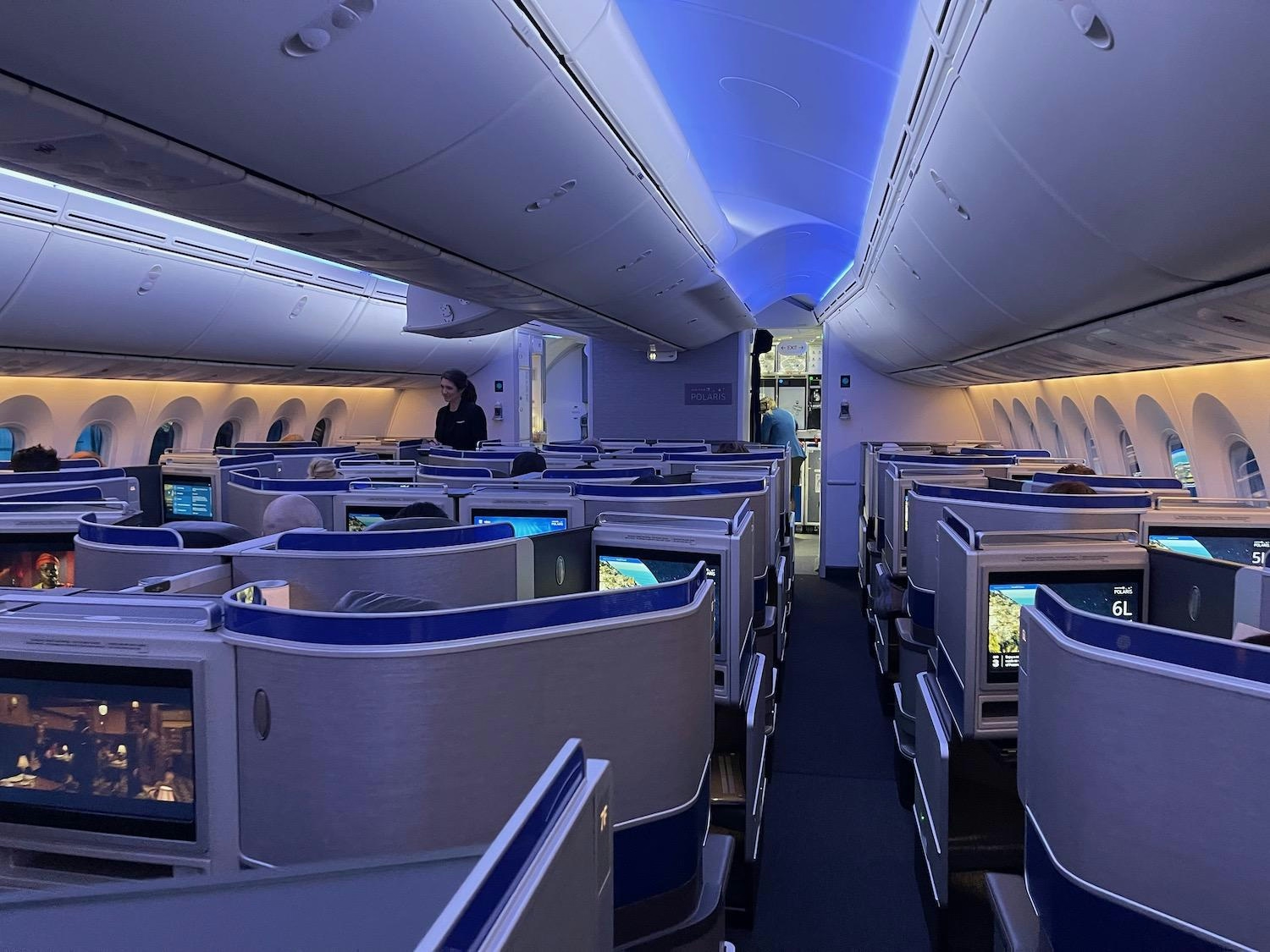
Is the Boeing 787-10 a Viable Option for Delta Air Lines?
